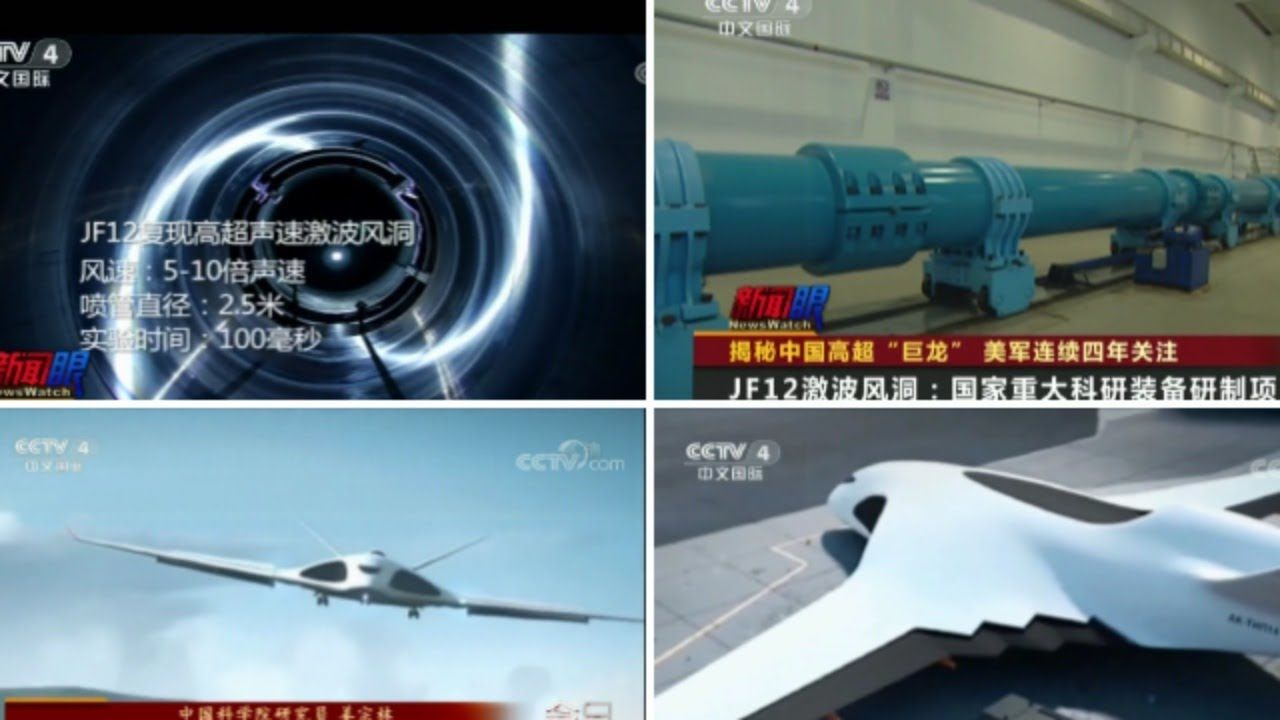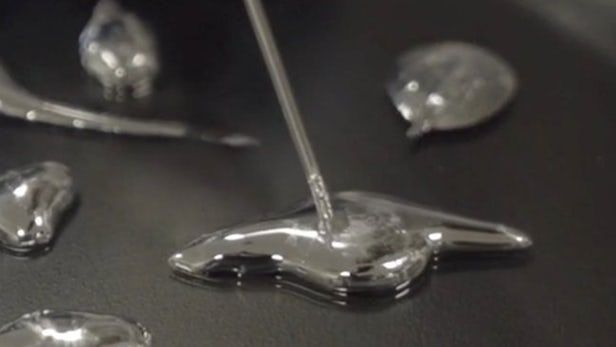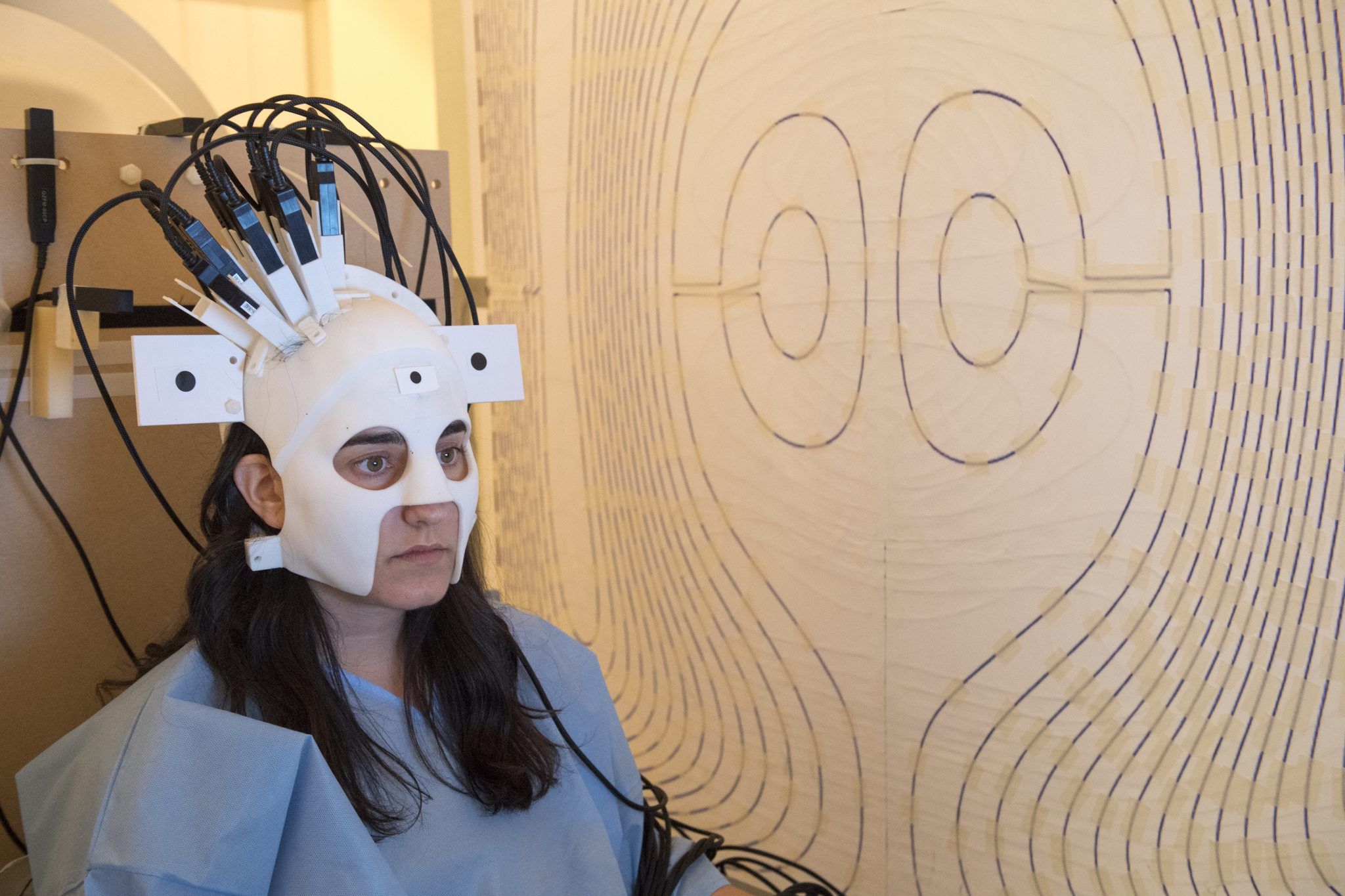Page 10045
Nov 7, 2017
The fission-fragment rocket
Posted by Klaus Baldauf in categories: habitats, space travel
Travelling to very distant objects in space such as stars and exoplanets will require very large amounts of thrust to drive rockets to very high speeds in order that we can travel there in a reasonable amount of time. Conventional chemical rockets are unsuitable for this purpose as the thrust they provide is limited by the amount of fuel that they can carry. So far we have only travelled as far as the Moon, and that’s a mere 380 000 kilometres away.

Nov 7, 2017
Waymo makes history testing on public roads with no one at the wheel
Posted by Amnon H. Eden in categories: internet, robotics/AI

Waymo, the Alphabet self-driving car company, now has cars driving on public roads in the Phoenix metropolitan area with no one in the driver’s seat. Waymo CEO John Krafcik plans to announce the news today in a speech at the Web Summit in Lisbon, Portugal.
For the last year, Waymo has offered free taxi rides to ordinary people who live near the Phoenix suburb of Chandler. Until recently, the company’s modified Chrysler Pacifica minivans had a Waymo employee in the driver’s seat ready to take control if the car malfunctioned.
Continue reading “Waymo makes history testing on public roads with no one at the wheel” »
Nov 7, 2017
The Future of Anti-Aging
Posted by Montie Adkins in categories: futurism, life extension
“I don’t want to get wrinkles or gray hair, and I want to be able to lift weights and run forever,” says Robinton. “It’s important to be grounded in reality, but I feel the science is closer than ever before.”
Here are the groundbreaking technologies that may one day help us reclaim our youth.
Nov 7, 2017
Fluidic transistor ushers the age of liquid computers
Posted by Shailesh Prasad in categories: computing, neuroscience, space travel
Transistors, those tiny electrical switches that process signals and data, are the brain power behind every electronic device – from laptops and smartphones to your digital thermostat. As they continue to shrink in size, computers have become smaller, more powerful, and more pervasive. However, as we look to build squishy, human-friendly machines that have the look and feel of soft natural organisms, we need to look beyond the rigid materials used to create electrical switches and circuits.
Mechanical engineers Carmel Majidi and James Wissman of the Soft Machines Lab at Carnegie Mellon University have been looking at new ways to create electronics that are not just digitally functional but also soft and deformable. Rather than making circuits from rigid metals like copper or silver, they use a special metal alloy that is liquid at room temperature. This alloy, made by mixing indium and gallium, is a non-toxic alternative to mercury and can be infused in rubber to make circuits that are as soft and elastic as natural skin.
Teaming up with Michael Dickey at North Carolina State University, they recently discovered that liquid metal electronics are not only useful for stretchable circuit wiring but can also be used to make electrical switches. These fluidic transistors work by opening and closing the connection between two liquid metal droplets. When a voltage drop is applied in one direction, the droplets move towards each other and coalesce to form a metallic bridge for conducting electricity. When voltage is applied in a different direction, the droplets spontaneously break apart and turn the switch to open. By quickly alternating between an open and closed and open switch state with only a small amount of voltage, the researchers were able to mimic the properties of a conventional transistor.
Continue reading “Fluidic transistor ushers the age of liquid computers” »
Nov 7, 2017
Transistor breakthrough brings liquid computers closer to reality
Posted by Klaus Baldauf in categories: biotech/medical, robotics/AI
In a step towards creating a new class of electronics that look and feel like soft, natural organisms, mechanical engineers at Carnegie Mellon University are developing a fluidic transistor out of a metal alloy of indium and gallium that is liquid at room temperature. From biocompatible disease monitors to shape-shifting robots, the potential applications for such squishy computers are intriguing.
Until recently, the only example of liquid electronics were microswitches made up of tiny glass tubes with a bead of mercury inside that closes the switch when it rolls between two wires. Essentially, the fluidic transistor is a much more sophisticated switch that’s made of a liquid metal alloy that is non-toxic, so it can be infused into rubber to create soft, stretchable circuits.
Unlike the mercury switch, where tilting the vial closes the circuit, the fluidic transistor works by opening and closing the connection between metal droplets using the direction of the voltage. When it flows in one direction, the droplets combine and the circuit closes. If it flows the other way, the droplet splits and the circuit opens.
Continue reading “Transistor breakthrough brings liquid computers closer to reality” »
Nov 7, 2017
Nottingham’s 3D printed helmet ushers in a new era of natural brain scans
Posted by Nancie Hunter in categories: 3D printing, neuroscience, quantum physics
“Room temperature quantum sensors can be mounted directly on the scalp of any subject. This will give us a projected four-fold increase in sensitivity for adults, but the sensitivity could potentially be up to a 15 or 20 fold increase for children or babies.”
A £1.6 million collaborative project between scientists at the University of Nottingham and University College London (UCL) is looking to improve the way we map the human brain. Focusing on the development of magnetoencephalography (MEG), researchers have 3D printed a prototype helmet that may yield quadruple the sensitivity of current MEG devices.
Reading at room temperature
Continue reading “Nottingham’s 3D printed helmet ushers in a new era of natural brain scans” »
Nov 7, 2017
Abstracts: Call for Poster Submissions will include poster sessions
Posted by Michael Greve in category: life extension
In addition, a small number of posters will be selected for oral presentation. Poster topics should lie within the scope of the conference: Research contributing to the eventual postponement of age-related decline in health, with an emphasis on measures that repair damage rather than slowing its creation. Poster submissions are due on January 15, 2018.
To submit your poster go to.
Undoing Aging will include poster sessions on the first two evenings. If you wish to present a poster, please submit the details on this page. A small number of posters will be selected for oral presentation; those selected should also prepare a poster.
Continue reading “Abstracts: Call for Poster Submissions will include poster sessions” »

A right for all people and a service providing the highest standard of care — can universal health care do both or will politics stand in the way? CNBC’s Tom Chitty explains.
–
Nov 7, 2017
Arizona Counter Terrorism Information Center (ACTIC), Arizona Fusion Center
Posted by Mark Larkento in category: terrorism

Run Hide Fight
◾ How to survive an Active Shooter Situation according to the Arizona Counter Terrorism Information Center.
Continue reading “Arizona Counter Terrorism Information Center (ACTIC), Arizona Fusion Center” »














